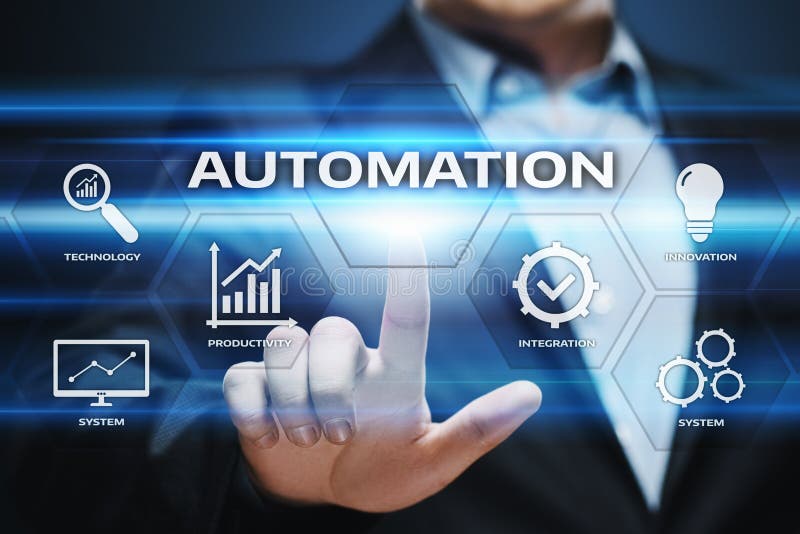6 Competitive Advantages of Automation.info
- Memorable & Brandable: Easy to remember, spell, and share across all marketing channels
- Global Appeal: "Automation" is universally understood across international markets
- Investment Protection: Premium domains appreciate 10-15% annually
- Marketing ROI: Reduces advertising costs with natural keyword relevance
- Trust & Credibility: Customers trust businesses with relevant, professional domains
- Future-Proof: Automation industry projected to reach $214 billion by 2025
Ready to Dominate the Automation Market?
Don't let competitors secure this premium digital asset. Automation.info positions your business as the definitive source for automation solutions, driving organic traffic, building trust, and establishing market leadership from day one.



